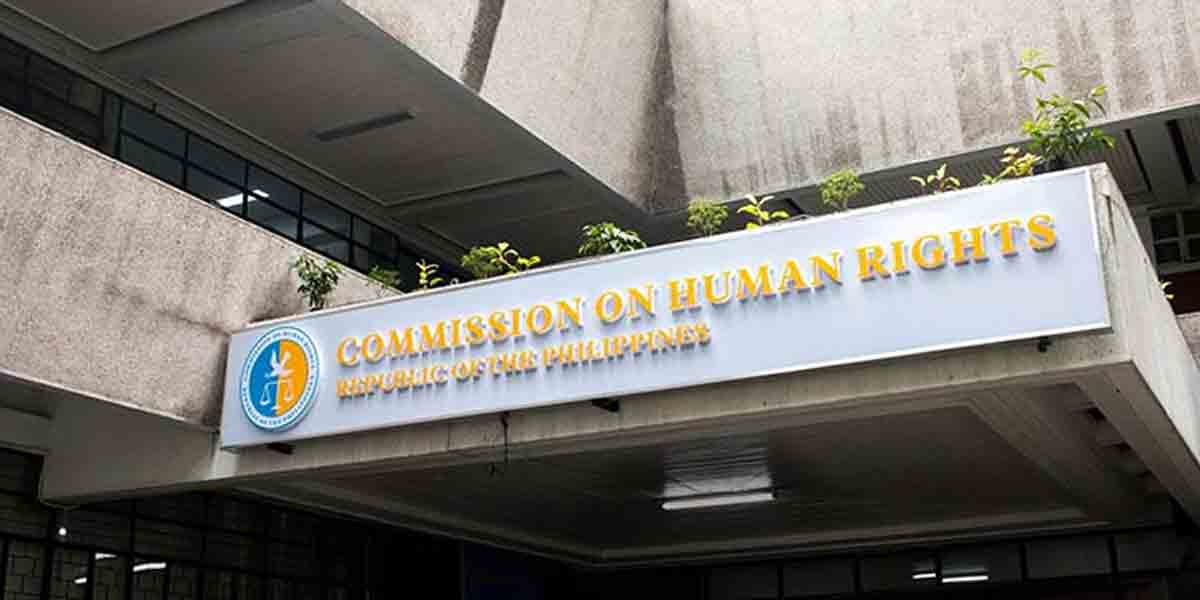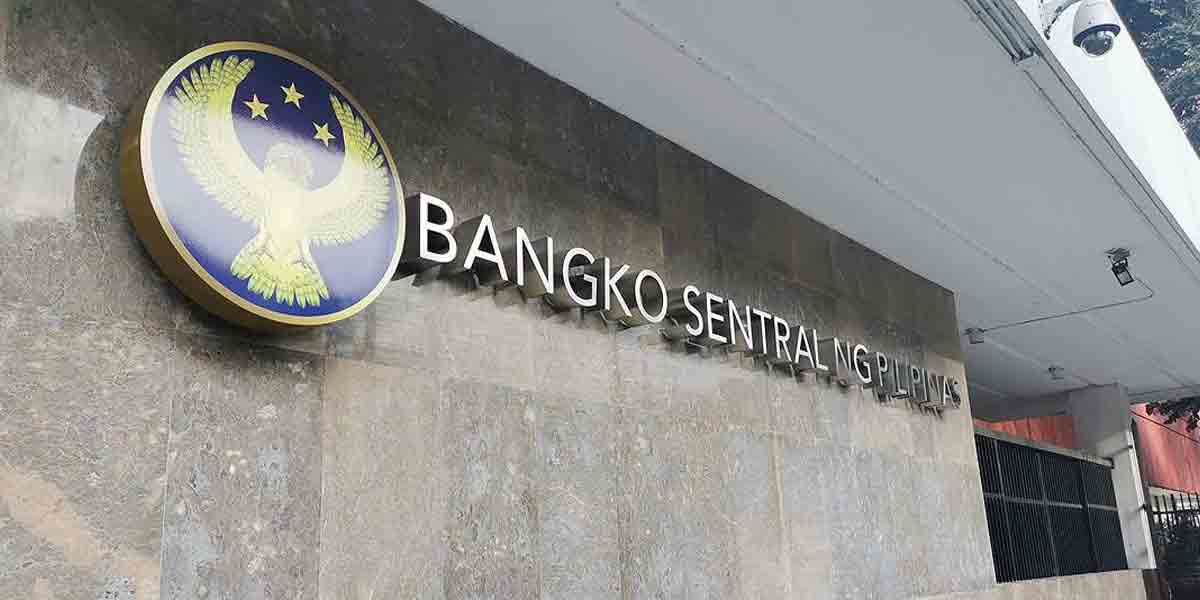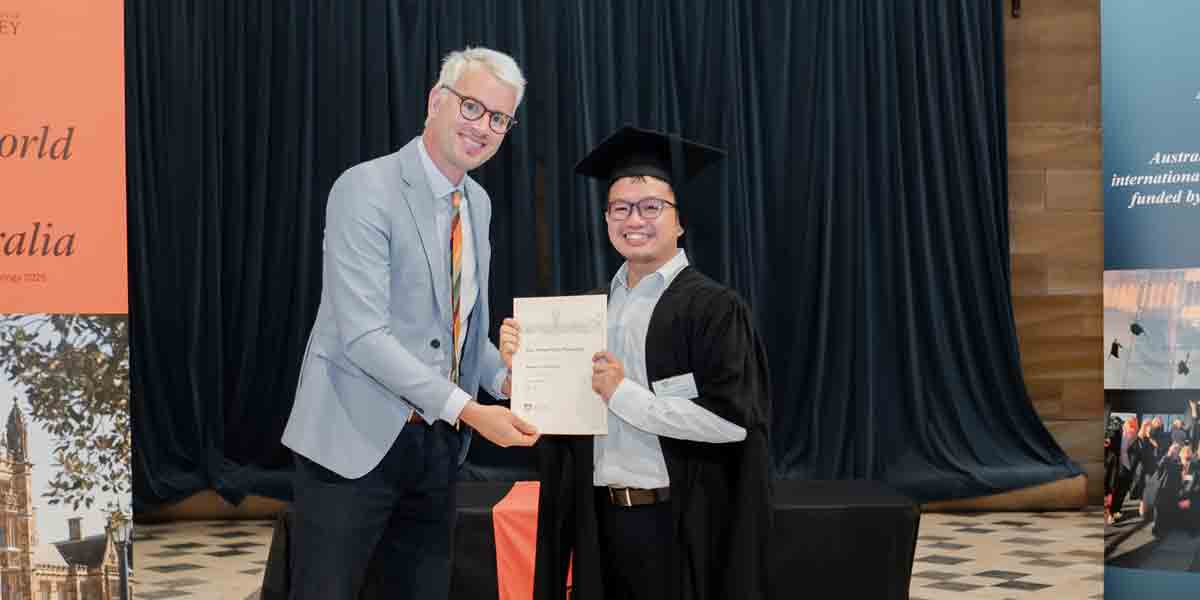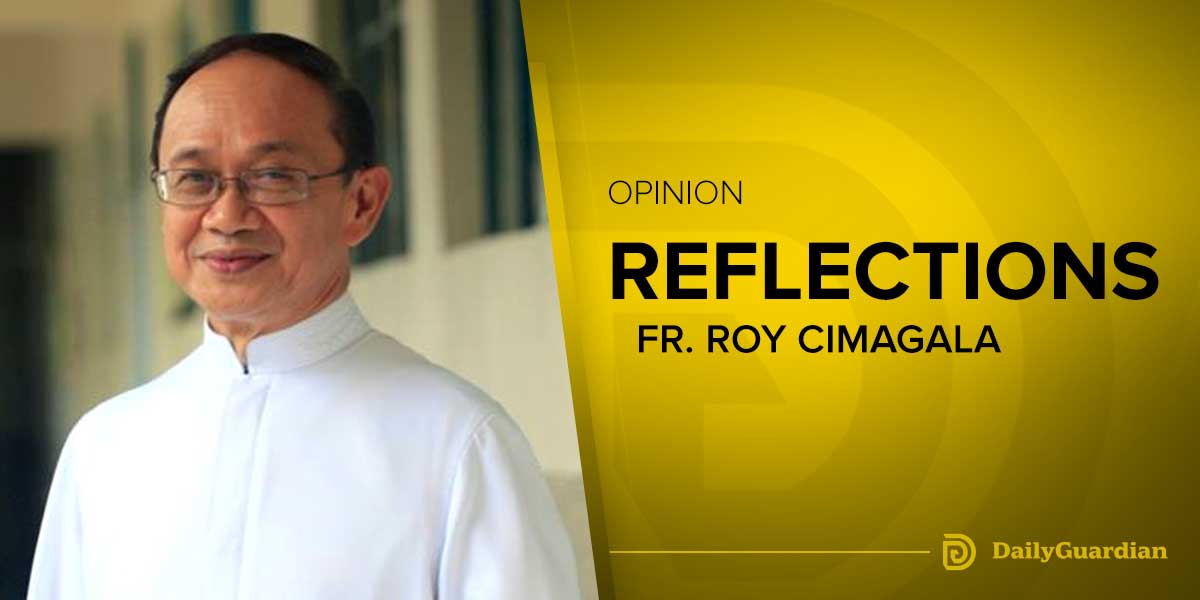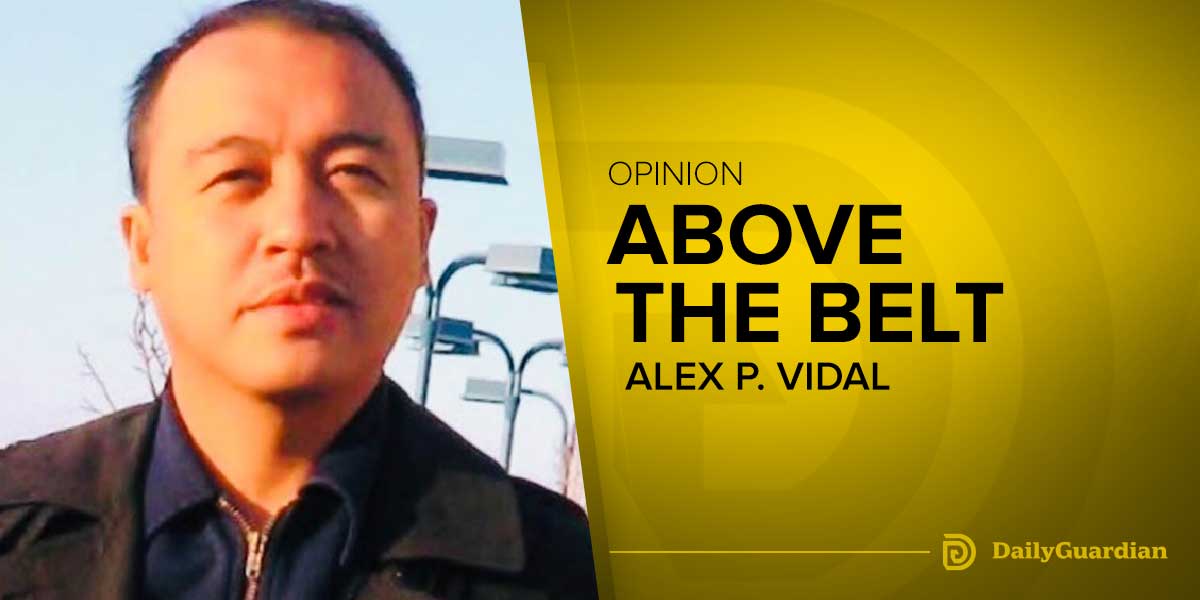The announcement by the Department of Public Works and Highways Region 6 (DPWH-6) to use geofoam in the repair of the Ungka Flyover is a promising development that could finally alleviate the uncertainty lingering among Ilonggos.
This modern engineering solution, though new to the region, carries with it a history of successful applications in various large-scale infrastructure projects across the country.
Geofoam is not an experimental material. It has been utilized for over two decades in projects such as the Metro Manila Skyway Stage 3 and the NLEX Connector Road, where it helped mitigate settlement issues over soft soil. Its lightweight and durable properties make it an ideal solution for correcting the vertical misalignment seen in the Ungka Flyover, which has been plagued by significant pier sinking.
DPWH-6’s decision to deploy 1,645 geofoam blocks as part of the PHP 192 million second phase of repairs aims to meet the December 25 reopening deadline.
Director Sanny Boy Oropel’s assurance that geofoam will bring stability and speed to the project is a welcome relief to residents who have been burdened by extended closures and traffic reroutes. The use of this technology represents a shift towards more innovative, research-based approaches in local infrastructure projects. The DPWH Bureau of Research and Standards backs this move, emphasizing geofoam’s efficiency in construction time, cost management, and durability.
However, this promising solution shouldn’t distract us from the fundamental questions that remain unanswered: How did we end up needing such extensive repairs on a relatively new structure?
The more than two years long closure and reported sinking of three piers, notably Pier 5’s 22.9-inch subsidence, raised concerns about the initial planning and engineering oversight. Questions remain as to how the original assessments failed to foresee such severe settlement in the flyover’s foundation. The third-party geotechnical study confirmed significant subsidence between May 2022 and April 2023, exposing lapses that require transparent answers.
It is commendable that the DPWH-6 acknowledges these issues and seeks modern solutions like geofoam. Yet, the project’s challenges underscore the importance of rigorous, independent investigations into what went wrong. Residents and commuters deserve not just a functioning flyover but an assurance that similar costly missteps will not be repeated.
As repairs progress, it is crucial that the public remains informed about the steps taken and the results of each phase. This transparency will be key to rebuilding public trust in infrastructure projects. While geofoam may symbolize a new chapter for the Ungka Flyover, its success must be measured not only by timely completion but by the lessons learned and applied to future undertakings.
The introduction of geofoam technology, coupled with rigorous third-party monitoring, suggests we might be on the right track – but this should mark more demands for transparency and accountability in public infrastructure projects.
The Ungka Flyover saga should serve as a watershed moment in how we approach major infrastructure projects – where cutting-edge solutions meet unwavering accountability.
Only then can we truly build not just roads and bridges, but public trust in our infrastructure development process.

